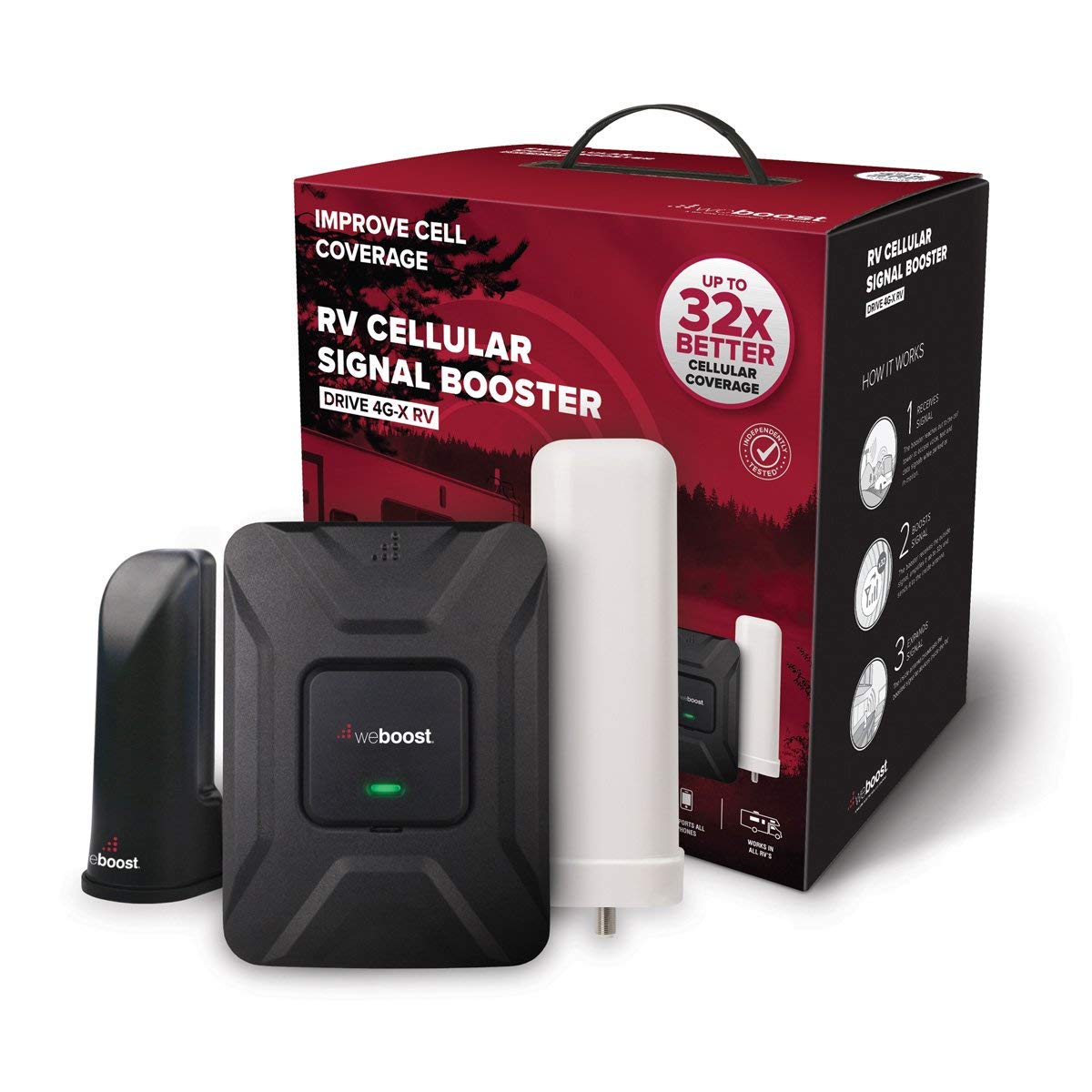Being connected is how we live. We go online to get directions, do our banking, shop, share with friends, keep tabs on family, play games, access music, and watch TV or movies. It’s also been reported that teens need Internet access just to breathe, although evidence is merely anecdotal.
Setting up Internet connections in an RV is different from what’s needed in a stationary home.
You probably look for campsites that have Internet access. You’re OK if the campsites are hardwired, although speeds may be slow. If they’re not wired, and you must rely on the camp’s WiFi, you’ll probably be tempted to take a less desirable campsite to ensure a strong signal, but the feed may be slow anyway.
The only other way to find free access on the road is at libraries and some businesses with free WiFi, typically fast food joints and businesses with waiting rooms. That may help you keep tabs on your email, but it’s not an especially secure way to pay bills.
Much better is having your own data coming in or at least being able to enhance the camp’s signal.
What You Need
You spend a lot of time outside the RV while camping, so the signal needs to be strong not just inside your RV, but also nearby. Here are the things you’ll need to reliably access the Internet from your RV and campsite:
- A data source for connecting to the Internet.
- An antenna.
- Signal extender.
- Some way for devices to link to the signal.
- Power cable for the antenna.
- Router and Ethernet cable if you want to connect a device physically.
Choosing a Data Plan
On the road, you can get data delivered reliably to your RV only by paying for it. You can tap that data with the proper equipment, but you’ll probably have to increase the maximum data available. Tablets and computers, streaming services and game consoles gobble up data.
If you vacation only a month or three each year, you can buy only as much data as you need the rest of the year and pay for extra data in the months you travel. You will need extra especially if kids are streaming music and movies, watching TV, gaming and chatting. Extra data also is advisable if you work online from your RV or watch a lot of TV.
Beware data plans labeled “unlimited.” Only in our age of steadily decaying consumer protections could something be called unlimited and still incur extra charges for data—but some data plans do just that. Read the fine print.
Antennas, Accessing the Web
An antenna to pull in a signal is often roof-mounted for optimum reception. Omni-directional antennas take different forms, from painted metal to plastic-coated, and sometimes encased in a larger plastic enclosure. Antennas add height, but no more than a hooded fan. Still, you’ll have to avoid damaging an antenna on overpasses or branches. Position an antenna away from other roof-mounted accessories to avoid interference.
Exterior antennas are designed to resist dust and water intrusion from spray, but even enclosures designated IP65 will not resist water jets, so take care when washing. Seal any mounting holes or openings for cables with Dicor or a sealant approved by your RV manufacturer.
Some RV antennas are also a signal extender. They strengthen incoming and outgoing signals. With an extender, you can be farther from a cell tower and still get a usable connection. If you have no data plan, an extender amplifies WiFi signals from RV parks and businesses.
Some tablets and any smartphone can link wirelessly with a password, and many smartphones can also serve as a hotspot, allowing Bluetooth-enabled devices to link through the phone to access the Internet. A separate portable hotspot (often called a jetpack) costs $200 or less. The optimum solution for multiple devices, or if you want an Ethernet connection, is to install a router to distribute the signal from the antenna. Combination signal extender/routers also are available.
Channel Bonding
Channel bonding isn’t necessary, but it can help prevent dropped calls and buffering while streaming. It helps maintain connectivity when you are beyond official coverage zones—ideal for boondocking. Uploading and Skyping also will be stronger.
Bonding combines any channels on which you receive data to produce one stronger signal that’s sent over your own virtual private network (VPN). So, if you have a cell signal, an Ethernet signal and a WiFi signal, or, say, an AT&T and a Verizon signal, plus a WiFi signal from the RV park, bonding will enjoin them on the network side and result in faster throughput. An example is Speedify. It’s available in one-year subscriptions if you’re full time or close to it, or monthly if you only vacation in your RV.
Photo Credits: weboost.com
